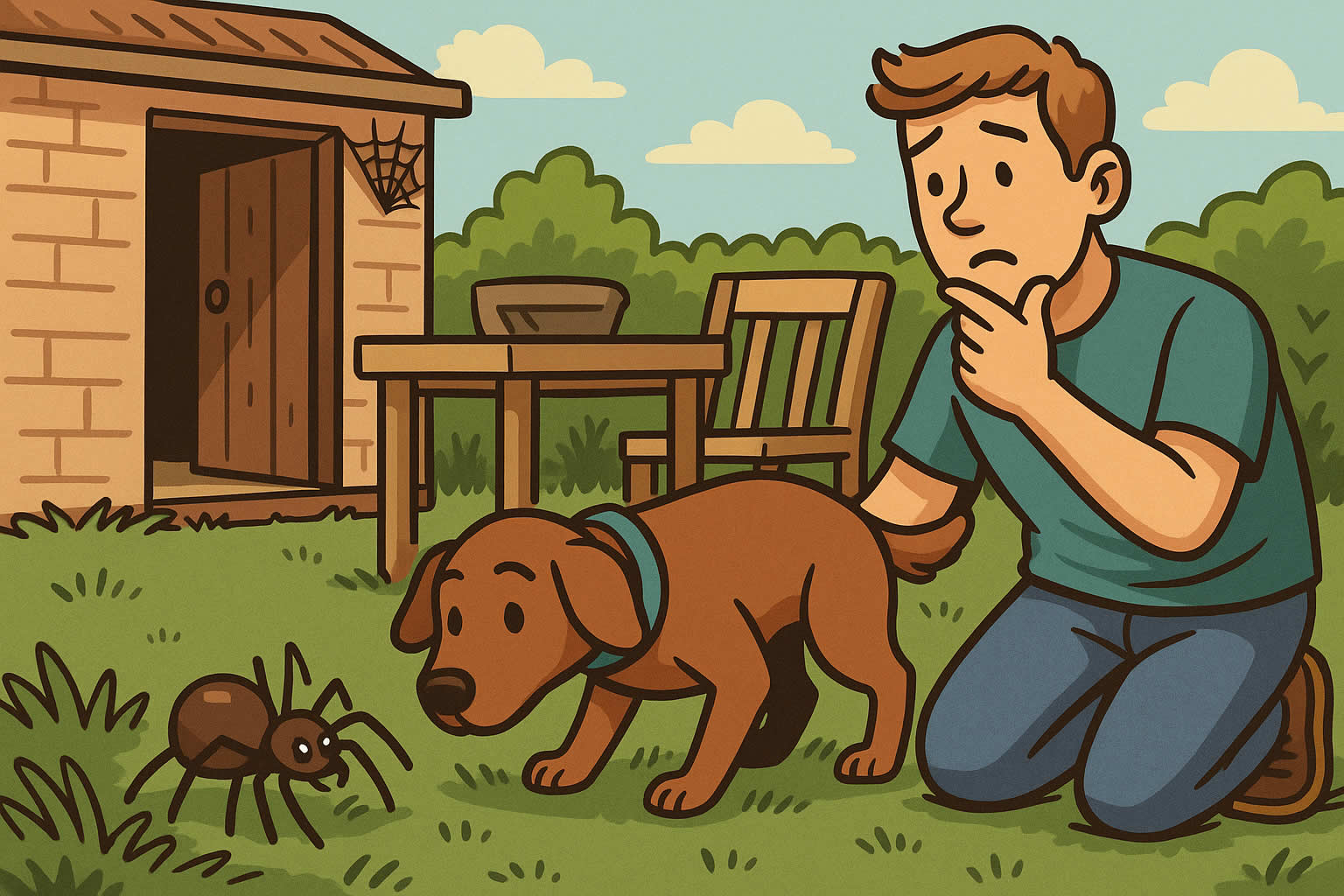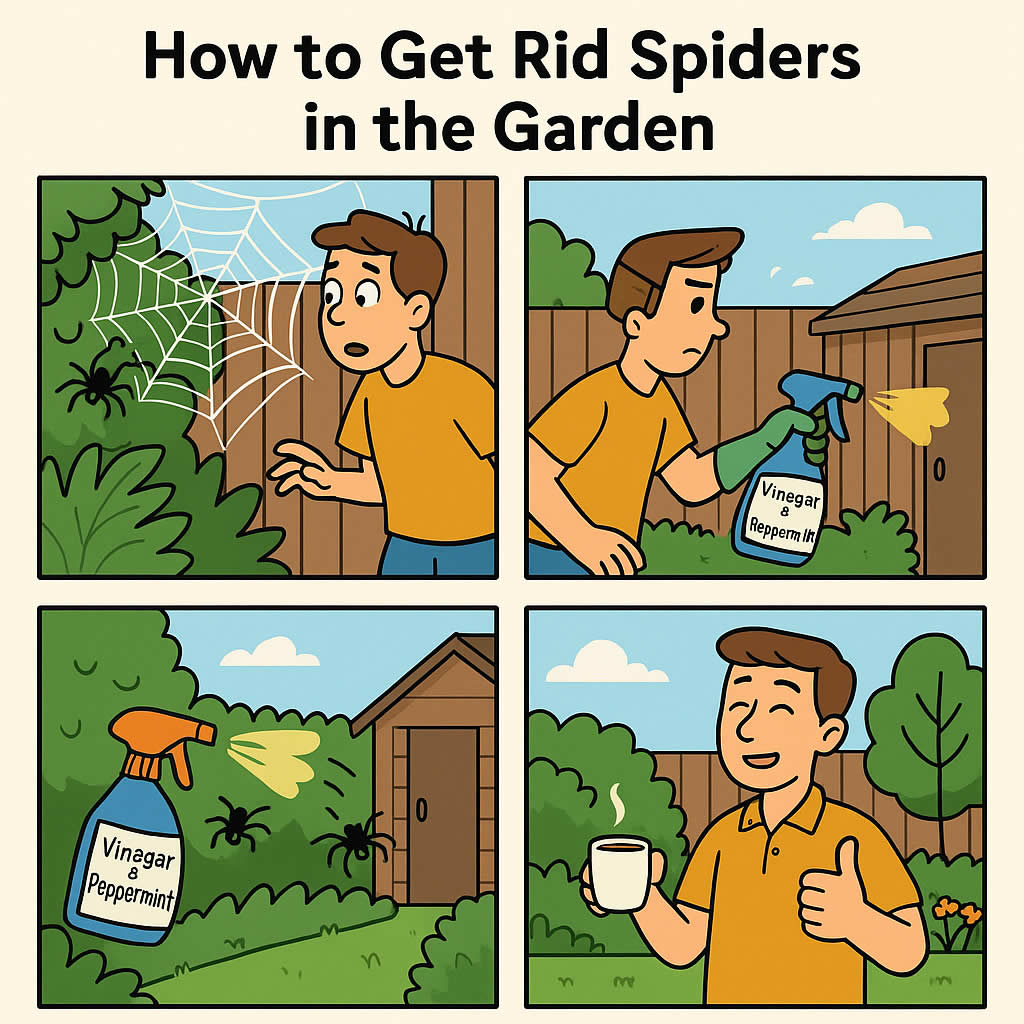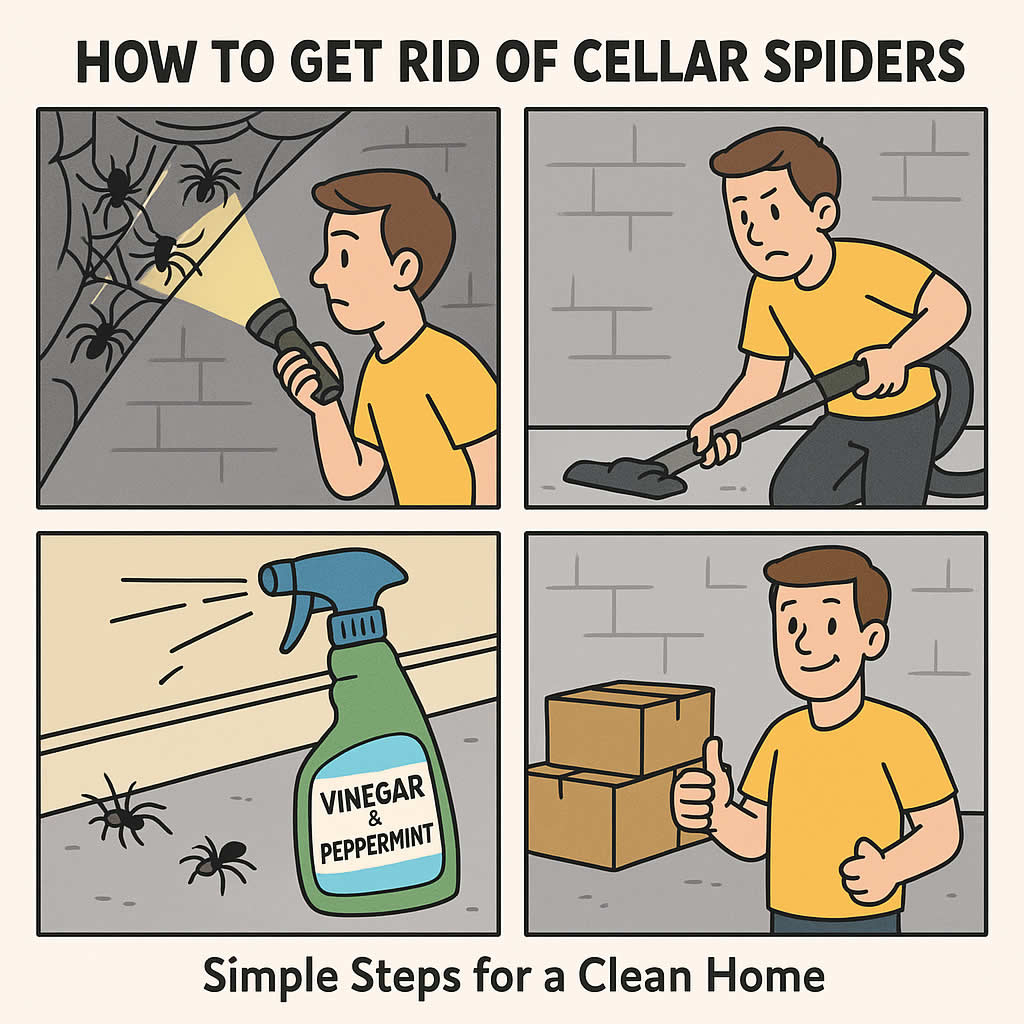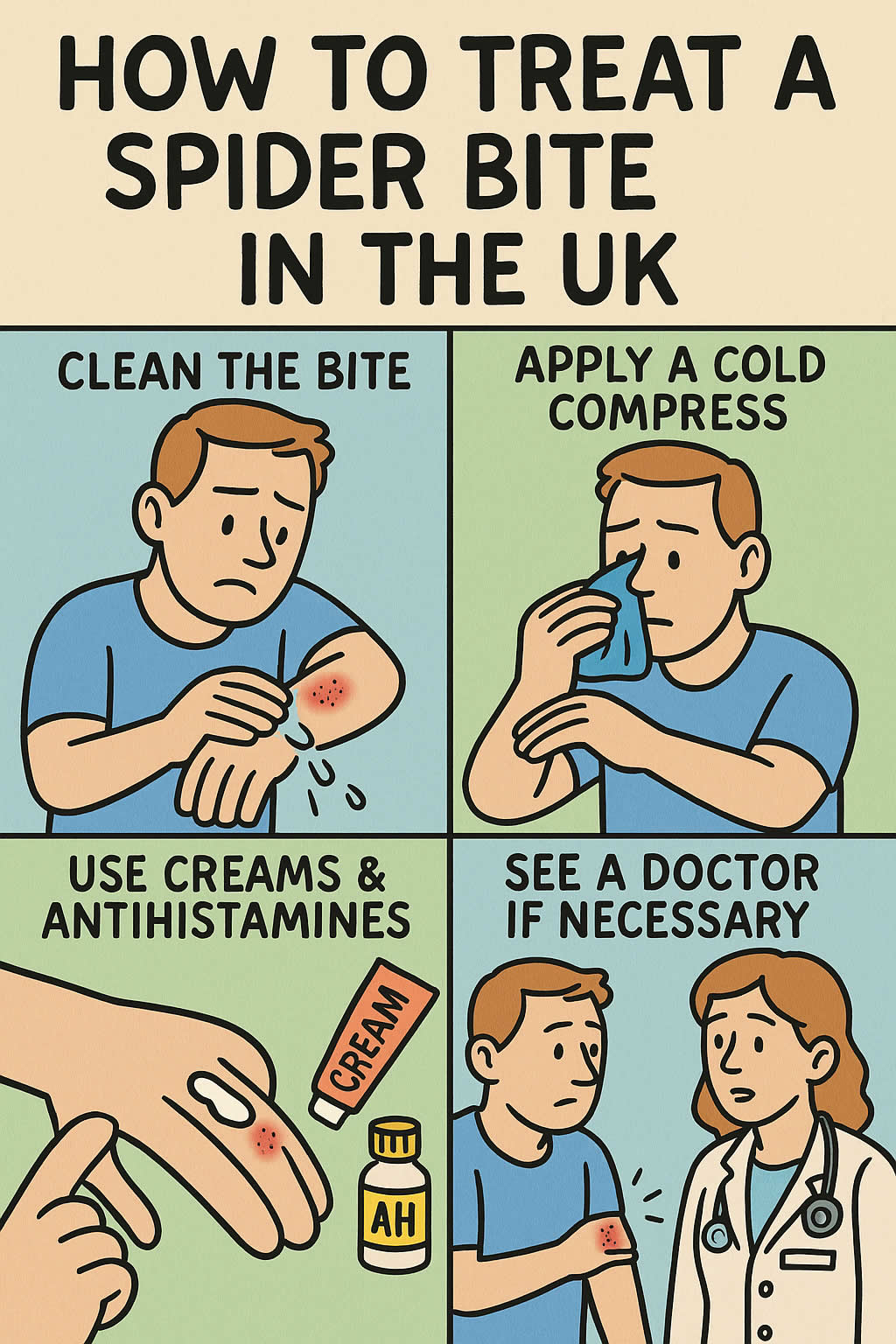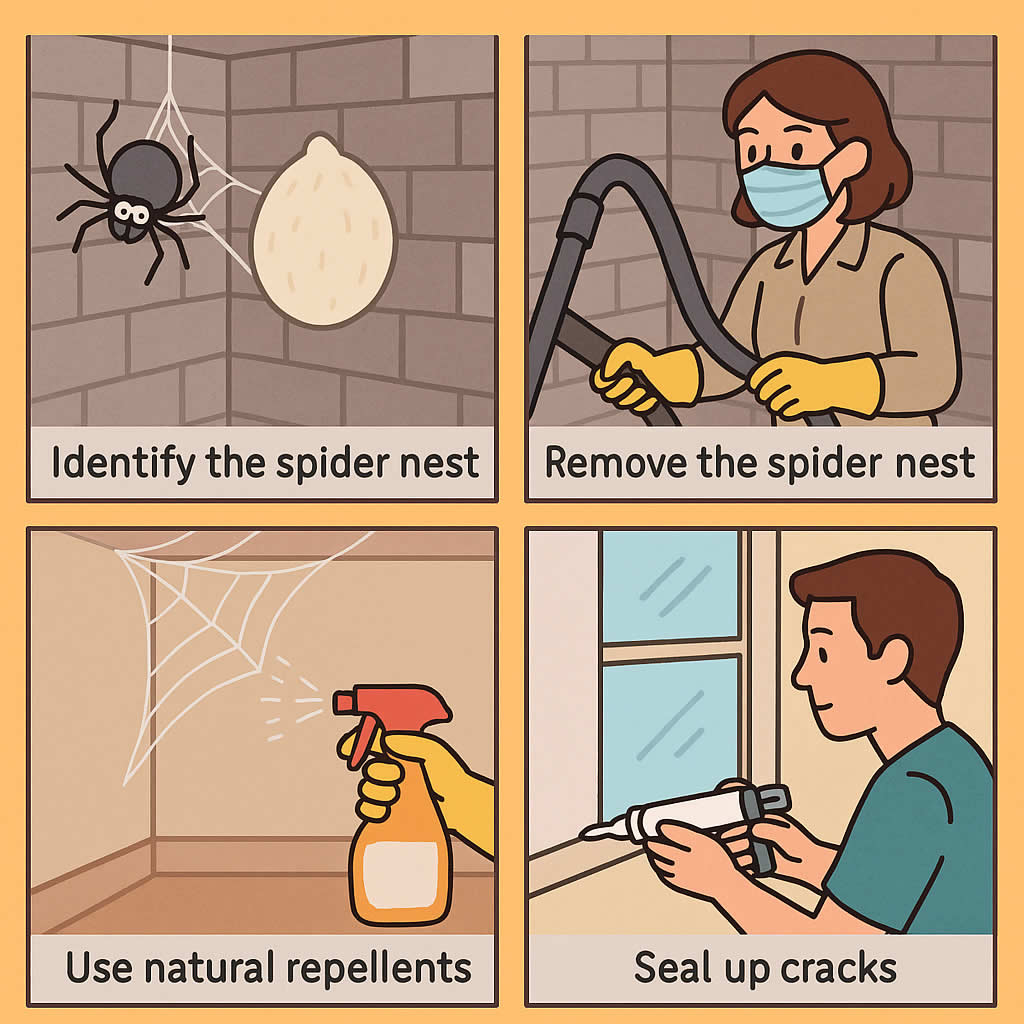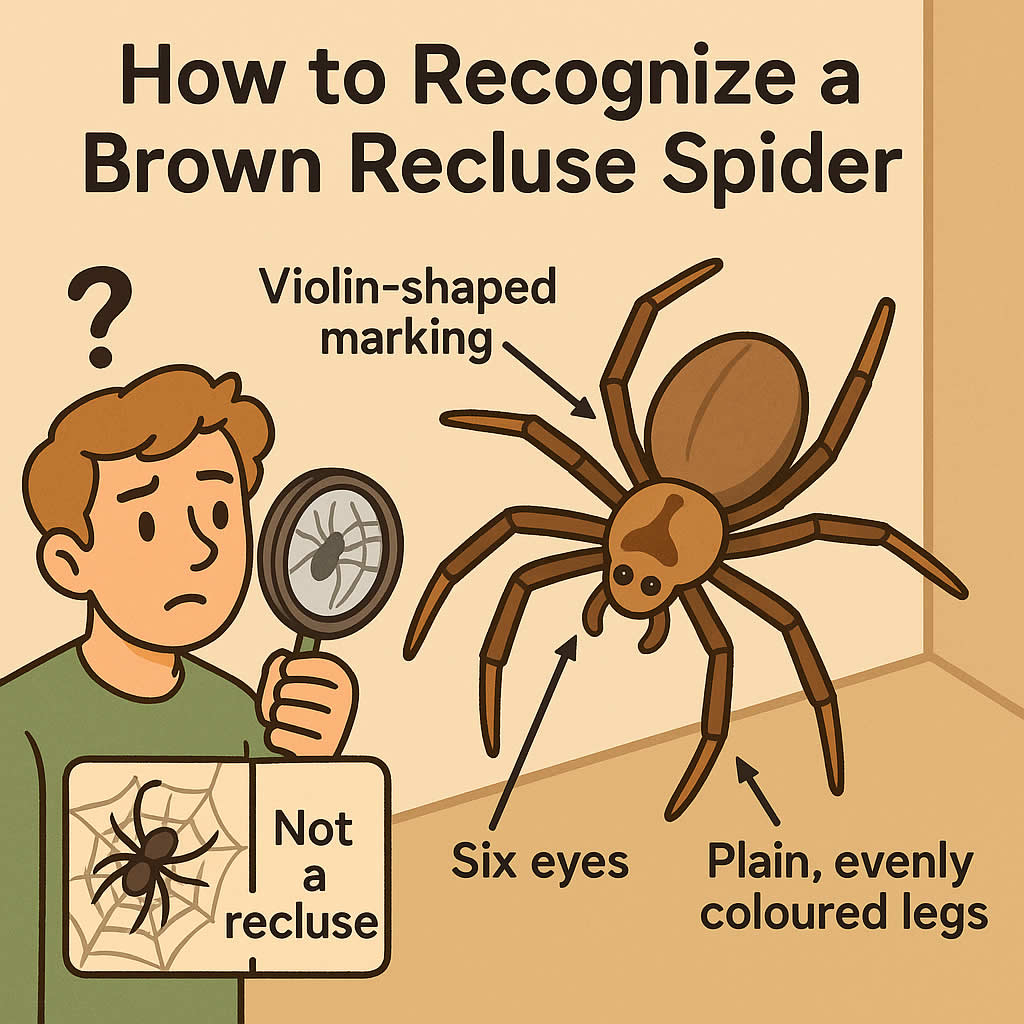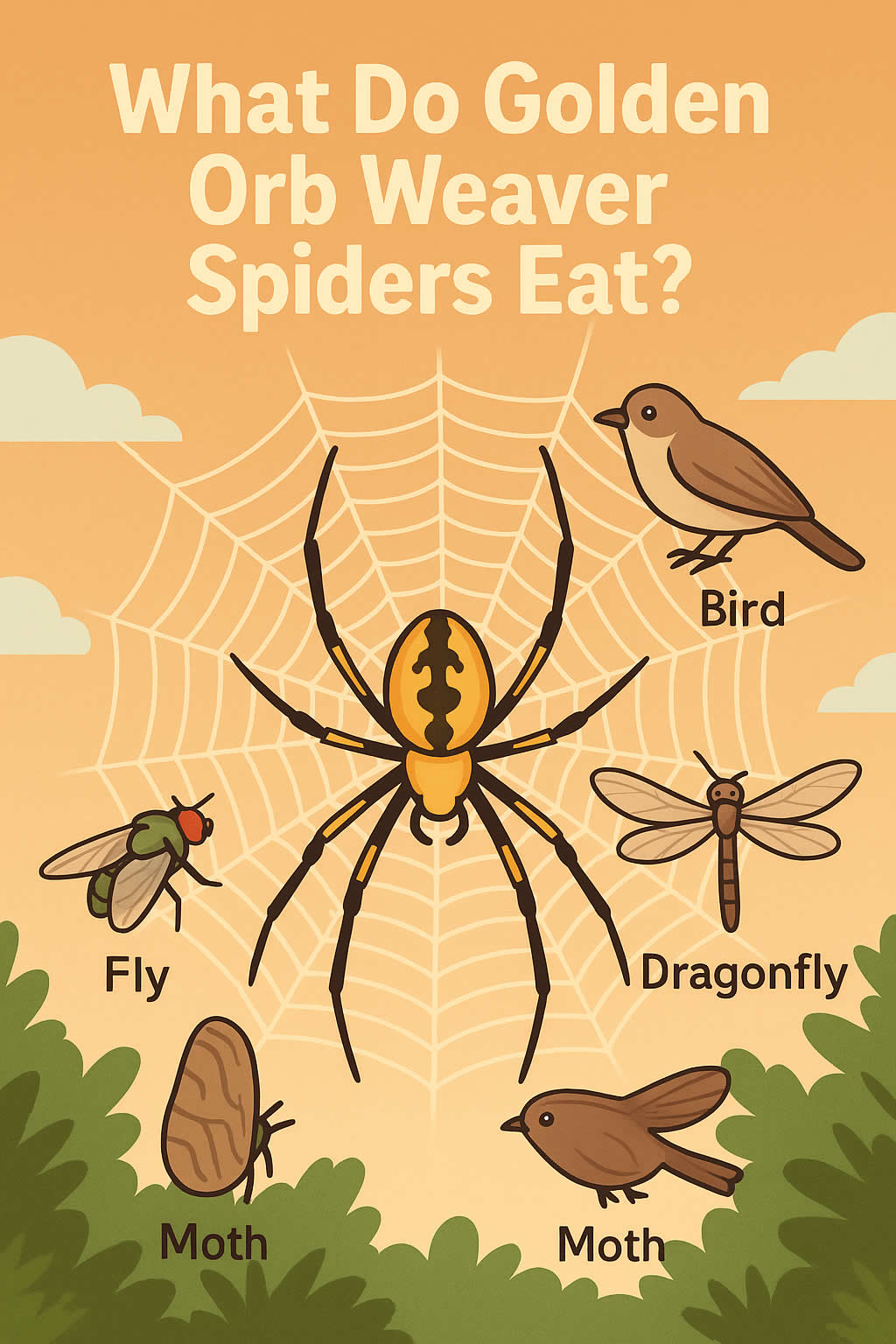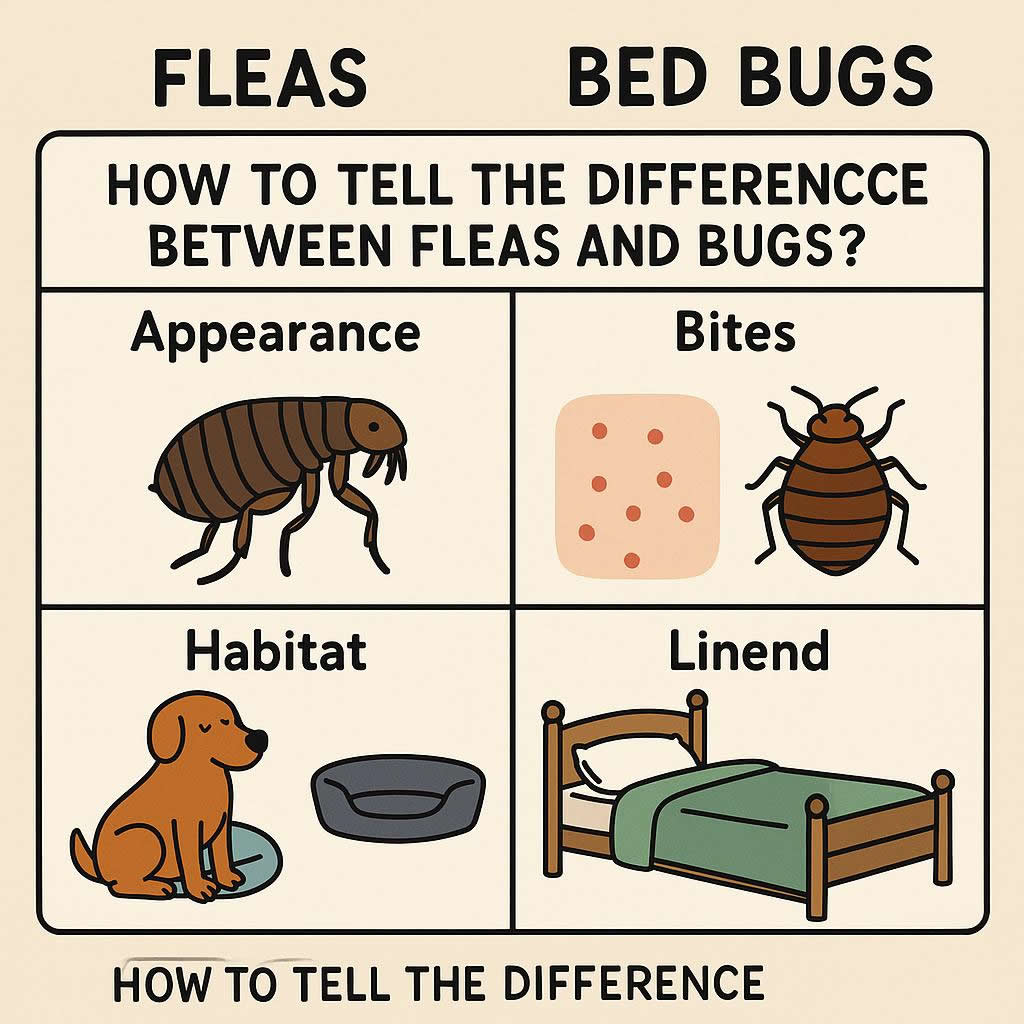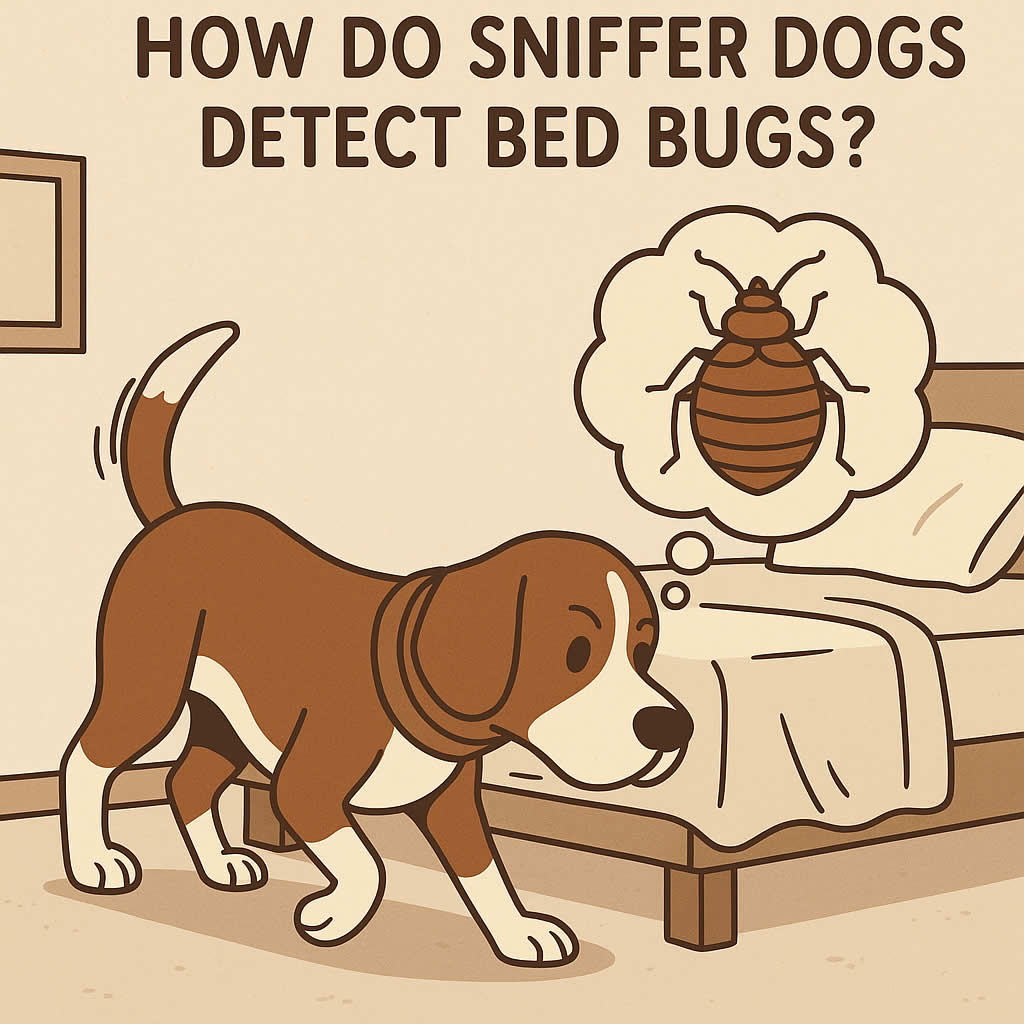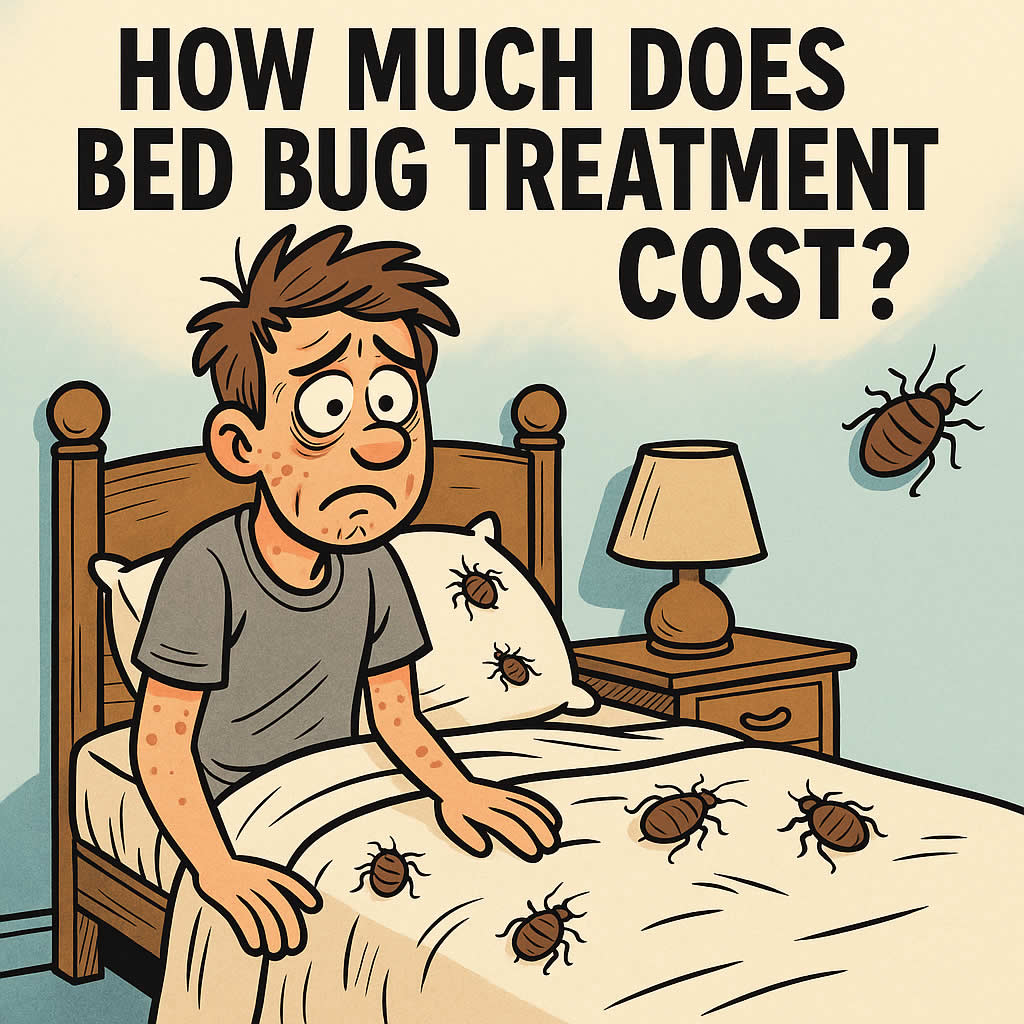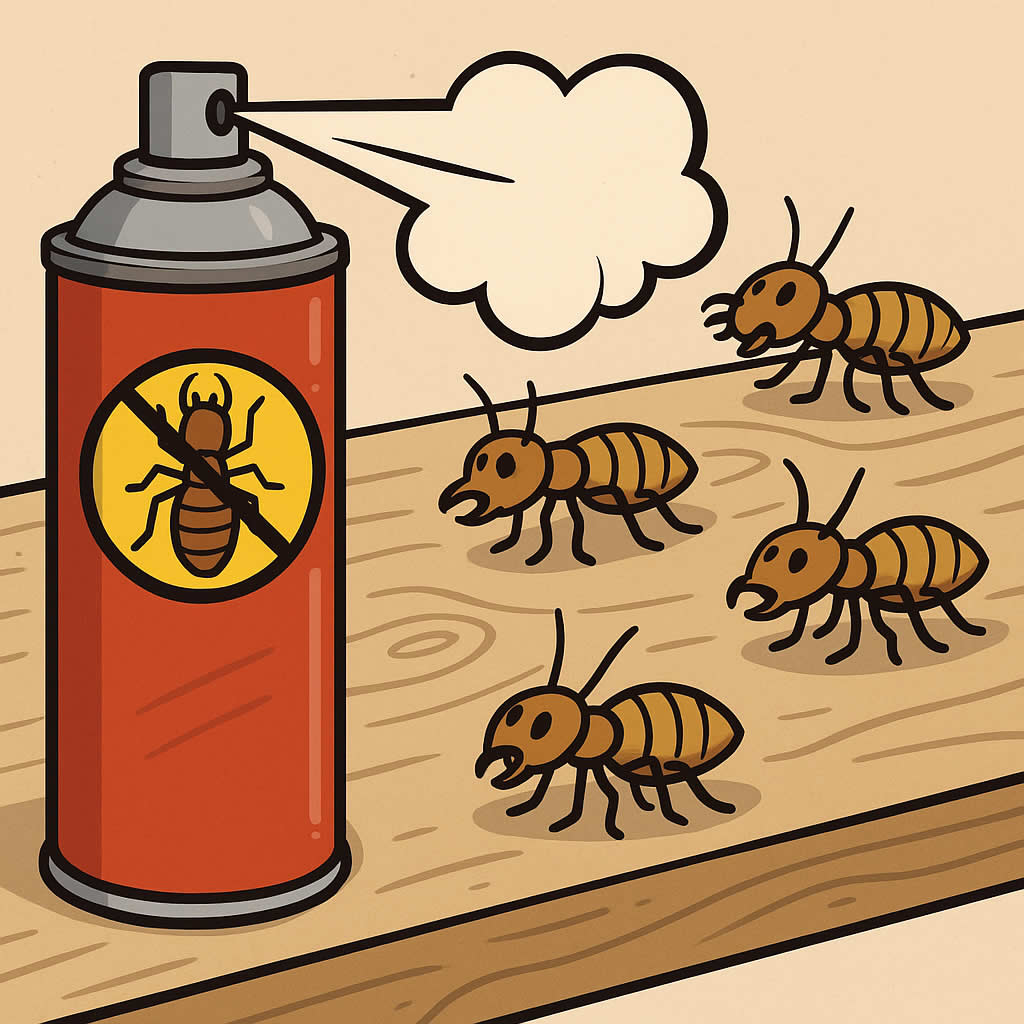Related Queries
ToggleHave you ever seen your dog sniffing around a dark corner of the shed, or poking its nose under a garden chair, and wondered what it might come across? For most of us in the UK, the thought of spiders lurking around isn’t new, but the mention of a false widow often sparks a little extra concern. These spiders have gained a bit of a reputation in recent years, and while most people know they can bite, fewer dog owners know whether they actually pose a risk to pets.
If you’ve asked yourself, “Could a false widow spider hurt my dog?”, you’re not alone. It’s a common question among pet owners, and with good reason. Your dog doesn’t think twice about sticking its nose or paw where it doesn’t belong, and that curious behaviour can sometimes put it in direct contact with insects and spiders.
In this guide, we’ll walk through everything you need to know. We’ll cover what false widow spiders are, where they live, whether they’re truly dangerous to dogs, the symptoms of a bite, what steps to take if it happens, and how you can reduce risks around your home and garden. You’ll also find a step-by-step guide for emergencies, real-life scenarios to help you picture what might happen, and a myths-versus-facts section to clear up common worries.
By the end, you’ll have a balanced, practical view of the risks. You’ll also know exactly what to do if your dog ever has an unexpected run-in with one of these spiders.
What is a False Widow Spider?
You’ve probably heard the name, but what exactly is a false widow? The term refers to several species of spider belonging to the genus Steatoda. They get their name because they look a lot like the infamous black widow, but they’re not the same. Black widows are much more venomous and are rarely found in the UK. False widows, on the other hand, are fairly widespread across Britain and parts of Europe.
False widows are medium-sized spiders with shiny, bulbous bodies. Their colouring ranges from dark brown to purplish-black, often with cream or beige markings on the abdomen. Unlike the harmless house spiders most of us are used to, false widows are a bit stockier and tend to move more slowly. They also spin messy, tangle-style webs rather than neat spirals.
Because their appearance can be unsettling, they’ve picked up a reputation that sometimes makes them sound more dangerous than they really are. But when it comes to dogs, the real question isn’t just what they look like — it’s what they can do if a curious nose gets too close.
How to recognise a false widow
If you’re trying to work out whether that spider in the corner really is a false widow, here are a few traits to look for:
- A round, glossy abdomen, often with pale markings that look like a skull or abstract shapes.
- Dark legs with a reddish or orangey tinge.
- A body size of around 7–15 mm, not including the legs.
- Webs that look messy and unorganised, often tucked into corners, sheds, garages, or behind outdoor furniture.
Spotting one can be tricky because lots of spiders share similar features. However, false widows are usually shinier and more compact than the long-legged house spiders that dart across the carpet in autumn.
Where false widows are found in the UK
False widow spiders first arrived in Britain more than a century ago, likely hitching a ride on ships. Since then, their numbers have spread steadily, especially in the milder southern parts of England. You’re most likely to see them around coastal towns, cities, and suburban areas where they find shelter in buildings and gardens.
They like dry, warm spots, so places such as sheds, garages, lofts, and even under window sills are common hiding places. In recent years, reports suggest their range has spread further north, with sightings becoming more common in Wales, the Midlands, and parts of Scotland.
Where false widows are found in other regions
Outside the UK, false widows are also present across much of Western Europe, including Spain, Portugal, and France. Warmer climates suit them well, and in some areas they’ve become one of the more dominant spider species around buildings. They’ve also been recorded in parts of North America and even in New Zealand, where they’ve been accidentally introduced.
Wherever they turn up, false widows tend to thrive around people, since our homes and gardens provide exactly the kind of warm, sheltered spaces they prefer. This means if you have a dog that loves exploring nooks and crannies, there’s always a small chance it could encounter one.
Can a False Widow Spider Bite a Dog?
One of the first questions you’ll probably have is whether a false widow spider is even capable of biting a dog. The short answer is yes — they can. Like most spiders, false widows have fangs and venom that they use to subdue prey. However, spiders are generally shy creatures. They don’t go out of their way to attack dogs, people, or any other large animal. Bites usually happen only when the spider feels threatened or trapped.
A curious dog, however, might put itself in that situation without realising. Dogs explore the world with their noses, and poking around in a spider’s hiding place can easily startle the spider. If your dog paws at a web or sniffs too close to the spider itself, the spider might react defensively and deliver a bite.
How spider bites happen
Spiders rarely bite without reason. A false widow will usually stay hidden in its messy web, waiting for insects to get caught. But if your dog disturbs it, there’s a chance the spider will feel cornered. The most likely scenarios for a bite include:
- Your dog lies down on a blanket or cushion where a spider has been hiding.
- Your dog pokes its nose into a shed corner or underneath garden furniture.
- Your dog tries to play with or paw at a spider it sees crawling across the floor.
In each of these cases, the spider isn’t hunting your dog. Instead, it’s reacting out of self-defence. The bite itself can be sharp but is often over in an instant — you might not even see it happen.
Why dogs might be more at risk than humans
You might wonder why we hear more about dogs being bitten than people. In truth, false widow bites on humans are relatively rare too. But dogs are naturally more curious. They sniff, lick, and investigate every corner of their environment. Unlike you, they don’t stop to think about whether a dark shed or a pile of garden toys might be hiding something with fangs.
Another factor is that dogs have fur, which makes it harder for you to spot a bite straight away. A spider could nip at a paw, leg, or belly and you might not realise until symptoms appear. Dogs also can’t tell you they’ve been bitten, so the signs are often indirect — changes in behaviour, sudden lameness, or irritation of the skin.
That’s why understanding what symptoms to look for is so important. Catching them early can make a big difference in how quickly your dog recovers.
What Symptoms Should You Look For if Your Dog is Bitten?
Even if you don’t see the spider or the bite itself, your dog will usually give you some clues if something isn’t right. The tricky part is that symptoms can vary depending on the individual dog, the size of the spider, and where the bite happened. Some dogs might only show mild irritation, while others can develop more noticeable or even serious reactions.
Knowing what to watch for can help you act quickly and avoid complications.
Common early signs
In many cases, the first symptoms are fairly mild and easy to overlook. You might notice:
- Redness or swelling at a small spot on the skin.
- Licking, chewing, or scratching at one particular area.
- Limping or favouring one leg if the bite is on a paw or limb.
- Restlessness or discomfort, especially soon after being outside or in a shed.
These early signs don’t necessarily mean your dog is in immediate danger. For some dogs, the reaction stays local and clears up within a few days. But they’re still important signals that something has happened, and they should put you on alert.
Serious reactions to watch out for
While most bites from false widows are not life-threatening, some dogs can have stronger reactions. This is especially true if your dog is smaller, older, or has existing health conditions. Signs of a more serious problem include:
- Rapid swelling spreading beyond the bite area.
- Severe pain shown through whining, yelping, or sudden changes in behaviour.
- Lethargy or unusual tiredness.
- Loss of appetite or refusal to drink water.
- Shivering, trembling, or weakness in the legs.
- Difficulty breathing in extreme cases, which is a veterinary emergency.
It’s worth keeping in mind that symptoms don’t always appear straight away. Sometimes, they take a few hours to develop. That’s why it’s important to keep an eye on your dog after any suspicious encounter, especially if you think a spider may have been involved.
If you notice anything beyond mild redness and irritation, it’s safest to contact your vet. They can assess whether the reaction needs treatment and help make your dog more comfortable.
How Can You Recognise a Spider Bite on Your Dog?
It’s not always easy to spot a spider bite on a dog. Their fur hides small marks, and the signs often look like other common issues such as insect stings, allergies, or scratches. But if you know what to look for, you can often piece things together.
The key is to watch both your dog’s skin and their behaviour. When you put the two side by side, it becomes much clearer whether a bite could be the cause.
Visible changes on the skin
Although a false widow bite is small, it can leave tell-tale marks. When checking your dog, part the fur gently in the area they seem bothered by. Signs that suggest a bite include:
- A small puncture mark that might look like a pinprick.
- Redness or swelling around the spot, sometimes warm to the touch.
- Raised bumps or welts that don’t go away quickly.
- Sores or blisters in more irritated cases.
- Hair loss if your dog has been licking or chewing at the same place.
Because false widows don’t always inject a large amount of venom, the bite itself can be subtle. But the surrounding irritation is usually what catches your eye first.
Behavioural changes that may indicate a bite
Dogs often tell you something’s wrong long before you find the physical mark. Their behaviour is one of the strongest clues. Signs to watch for include:
- Excessive licking or chewing at one paw, leg, or area of the body.
- Sudden limping or favouring a leg, especially after being in the garden or shed.
- Restlessness — pacing, shifting positions, or seeming unable to settle.
- Whining or yelping when a certain area is touched.
- Unusual tiredness after being active earlier in the day.
If your dog shows both physical and behavioural changes together, there’s a stronger chance a bite is behind it. Even if you can’t confirm the culprit, these signs are enough to justify a closer check or a call to your vet.
What Should You Do if Your Dog is Bitten?
If you suspect your dog has been bitten by a false widow spider, don’t panic. Most bites are not life-threatening, but quick action can make a big difference to your dog’s comfort and recovery. Acting calmly and methodically will help you deal with the situation in the best way possible.
Step-by-step guide to caring for your dog after a suspected bite
- Stay calm and keep your dog still
Try not to let your dog run around. Movement can increase blood flow and spread the venom more quickly through the body. - Check the area of concern
Gently part your dog’s fur where they are licking, limping, or showing discomfort. Look for redness, swelling, or small puncture marks. - Clean the bite site
Use mild soap and cool water to gently wash the area. This helps reduce the risk of infection and soothes irritation. - Apply a cold compress
Wrap ice in a cloth (never apply directly to the skin) and hold it against the area for 5–10 minutes at a time. This can ease swelling and discomfort. - Prevent licking and chewing
If your dog won’t leave the bite alone, consider using a pet cone or distraction techniques to avoid further irritation. - Monitor for changes
Keep a close eye on your dog for the next few hours. Note any changes in swelling, behaviour, or energy levels. - Contact your vet if symptoms worsen
If the swelling spreads, your dog seems very unwell, or you’re unsure, call your vet straight away. Describe the situation and the symptoms you’ve noticed. - Follow veterinary advice carefully
Your vet might ask you to bring your dog in for a check-up, or they may recommend supportive care at home depending on the severity of the reaction.
When to contact your vet immediately
While many false widow bites only cause mild irritation, there are times when you shouldn’t wait to see what happens. Contact your vet urgently if you notice:
- Rapidly spreading swelling or redness.
- Signs of severe pain (constant whining, difficulty moving).
- Weakness, trembling, or unsteadiness on their feet.
- Breathing difficulties.
- Collapse or extreme lethargy.
It’s always better to be safe than sorry. Even if it turns out not to be serious, you’ll have peace of mind knowing your dog was checked over.
How Dangerous Are False Widows Compared to Other Spiders?
False widows often get painted as one of the UK’s most dangerous spiders, but that reputation isn’t always fair. While their bite can cause discomfort and, in some cases, more serious symptoms, they’re not the most venomous spider in the world — not even close. To get a clearer picture, it helps to compare them with a few other spiders you and your dog might come across.
False widow vs common house spider
The house spider is the one most of us see scuttling across the carpet in autumn. They’re large and fast, but their bite is harmless to people and pets. In fact, they very rarely bite at all. Compared to them, the false widow’s venom is more potent, which is why bites cause more noticeable symptoms. But the false widow is still relatively mild when you put it alongside truly dangerous species.
False widow vs European black widow
The European black widow (Latrodectus tredecimguttatus) is far more venomous than the false widow. Its bite can cause severe pain, muscle cramps, and in rare cases, more serious systemic issues. These spiders are not found in the UK but do exist in parts of Southern Europe. In comparison, the false widow’s bite is uncomfortable and can affect dogs, but it’s not considered life-threatening under most circumstances.
False widow vs other UK species
Within the UK, there aren’t many spiders that pose a genuine risk to dogs. Most species are completely harmless, with bites that don’t break the skin or deliver venom strong enough to cause any reaction. The false widow stands out mainly because it’s one of the very few that can cause noticeable symptoms. Even so, it’s worth remembering that for the majority of dogs, a false widow bite is more of a painful inconvenience than a critical emergency.
How Can You Reduce the Risk of Spider Encounters?
While you can’t completely remove spiders from your environment, you can take sensible steps to lower the chances of your dog having a run-in with a false widow. Prevention is often the easiest and safest route. By making a few changes around your home and garden, you’ll create spaces that are less inviting to spiders and safer for your dog.
Keeping your home safe
False widows often settle indoors where it’s warm and dry. To cut down the risks inside your house:
- Seal gaps and cracks around windows, doors, and skirting boards where spiders might get in.
- Vacuum regularly, especially in corners, under furniture, and along window sills.
- Clear webs when you see them, to discourage spiders from sticking around.
- Shake out blankets, cushions, and dog bedding before use if they’ve been stored for a while.
These small habits make it harder for spiders to establish themselves indoors, reducing the chance of your dog stumbling upon one in its favourite resting spot.
Reducing risks in the garden
Your garden is another common place for false widows to set up webs. You can minimise encounters by:
- Moving garden furniture occasionally, so spiders don’t get too comfortable under chairs or tables.
- Checking sheds and garages before letting your dog wander in.
- Storing toys and tools off the ground, since clutter creates hiding places.
- Keeping grass trimmed and hedges tidy to make the environment less appealing for spiders.
Dogs often nose around in these areas, so a little extra tidiness can make a big difference.
General pet care advice that helps prevent bites
Some habits also reduce the risks indirectly by helping you spot issues sooner:
- Brush your dog’s coat regularly so you notice any skin changes or bite marks quickly.
- Inspect paws and legs after walks or play in the garden.
- Provide cosy bedding indoors, which reduces the temptation for your dog to curl up in sheds or garages.
- Keep food bowls and water inside, so your dog doesn’t linger in outdoor spaces where spiders may hide.
The idea isn’t to live in fear of spiders, but to lower the chance of surprise encounters. With these steps, your home becomes less inviting to spiders and more secure for your dog.
Real-Life Scenarios: What Could Happen?
Sometimes it helps to picture what a spider encounter might actually look like. False widows don’t go looking for trouble, but curious dogs can put themselves right in the middle of it without realising. Here are a few everyday scenarios that could easily happen in your own home or garden.
Dog exploring a shed or garage
Imagine you open the shed door on a Saturday morning, and your dog trots in ahead of you. It sniffs along the corners where tools are stacked, and in doing so disturbs a web tucked between boxes. A spider, startled by the sudden movement, reacts defensively. A quick nip to the nose or paw could happen before you even notice.
Dog sniffing around garden furniture
It’s a warm evening, and you let your dog out into the garden. While you’re relaxing, your dog pokes its nose under a chair that hasn’t been moved for weeks. Spiders often spin webs under furniture, and if your dog puts too much pressure on that space, a bite could follow.
Dog resting in bedding or blankets
You’ve washed some blankets and left them in a spare room or garage to dry. A false widow finds its way in and takes shelter inside the folds. Later, your dog curls up for a nap in the same blanket, unknowingly disturbing the spider. The spider, now feeling trapped, bites in self-defence.
Myths vs Facts About False Widows and Dogs
False widows have built quite a reputation over the years, and not all of it is accurate. Separating fact from fiction can help you keep things in perspective and avoid unnecessary worry.
Myth: All false widow bites are fatal to dogs
Fact: Most false widow bites are not life-threatening. While they can cause pain, swelling, and discomfort, fatalities are extremely rare. For the majority of dogs, the bite is more of an unpleasant experience than a deadly threat. The key is to watch for symptoms and act quickly if they worsen.
Myth: False widows actively hunt pets
Fact: False widows are not aggressive hunters. They spend most of their time waiting in webs for insects to come along. If your dog gets bitten, it’s almost always because the spider felt threatened or trapped — not because it went looking for a fight.
Myth: Every swelling is a spider bite
Fact: Dogs can develop lumps, bumps, and skin irritations from many causes — insect stings, allergies, minor injuries, or even infections. While a spider bite is one possibility, it’s not the only explanation. That’s why it’s important not to jump to conclusions and instead look at the full picture of symptoms.
By clearing up these myths, you can approach the subject more calmly. False widows deserve respect and caution, but they’re not as dangerous as the rumours make them out to be.
Final Thoughts
When it comes to false widow spiders and dogs, the reality sits somewhere between the extremes. They’re not harmless, but they’re not the deadly threat that headlines sometimes suggest either. Most encounters end without incident, and even when a bite happens, it’s usually painful rather than life-threatening.
The most important thing you can do as a dog owner is stay aware. Recognise the signs of a bite, know how to respond with simple first aid, and never hesitate to get professional help if your dog seems unwell. By combining that knowledge with a few practical steps — tidying sheds, checking bedding, and keeping an eye on your garden — you’ll dramatically reduce the chances of your dog ever running into trouble with a false widow.
Call to action: monitor your dog and contact a vet if needed
If you suspect your dog has been bitten, don’t wait and see. Keep a close eye on them, follow the step-by-step care guide, and call your vet if symptoms spread or your dog seems distressed. It’s always better to get advice early, even if it turns out to be nothing serious.
Your dog depends on you to notice the small things — a limp, a lick, a whine — and act on them. With the right approach, you can keep your pet safe, comfortable, and happy, no matter what curious adventures they find themselves in.
Pest Control Ampthill – Pest Control Stanford – Pest Control Wootton
